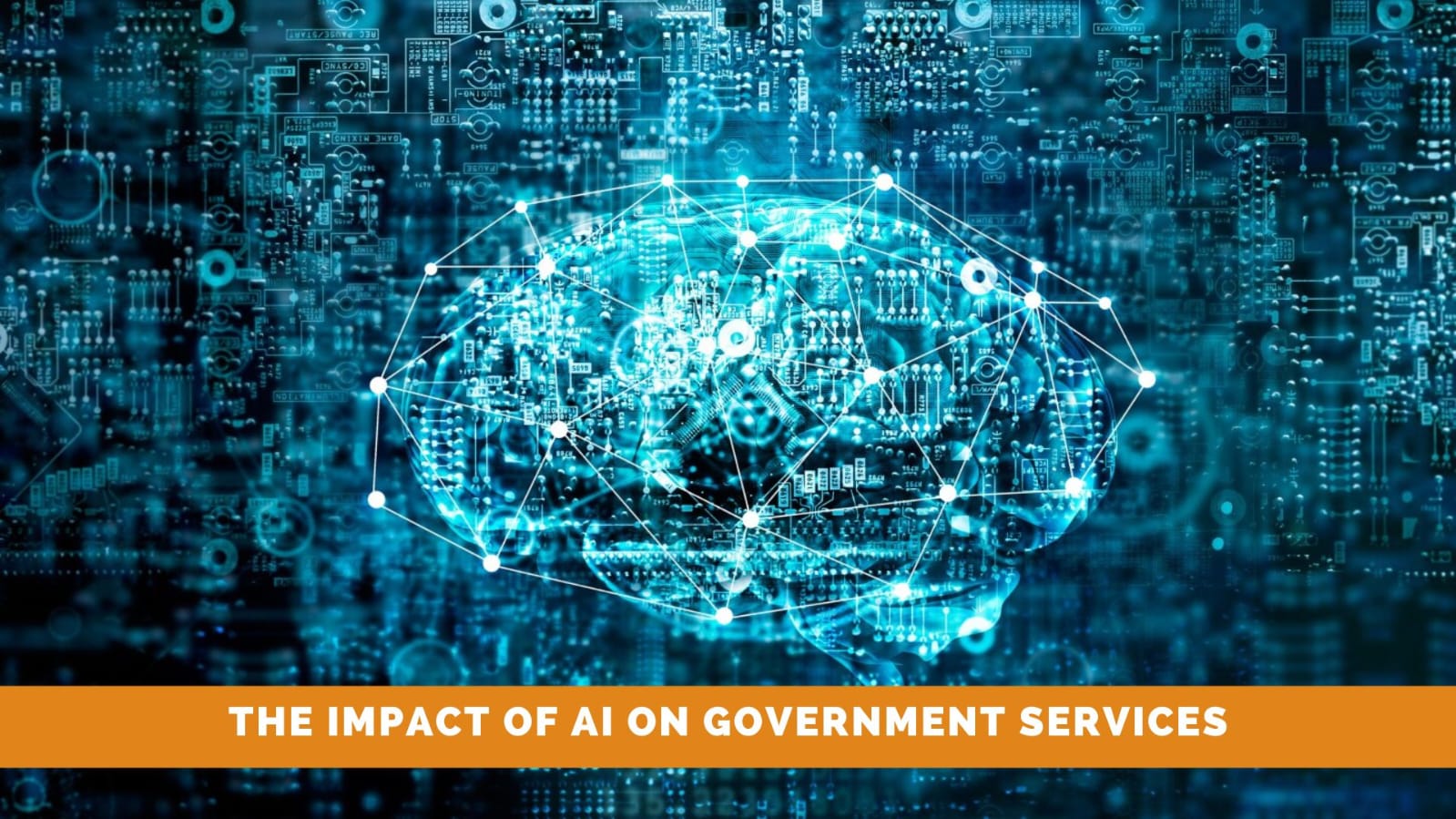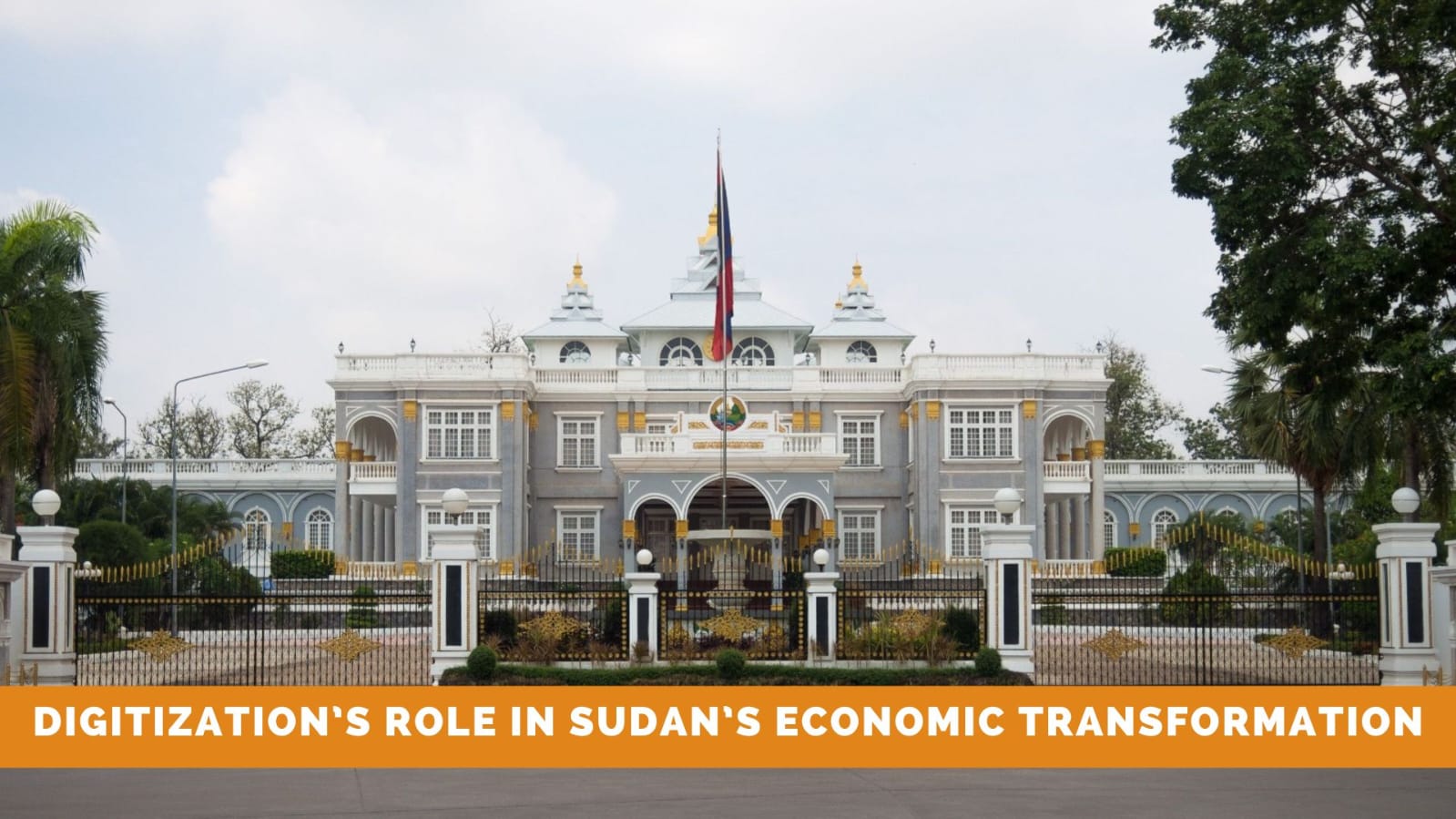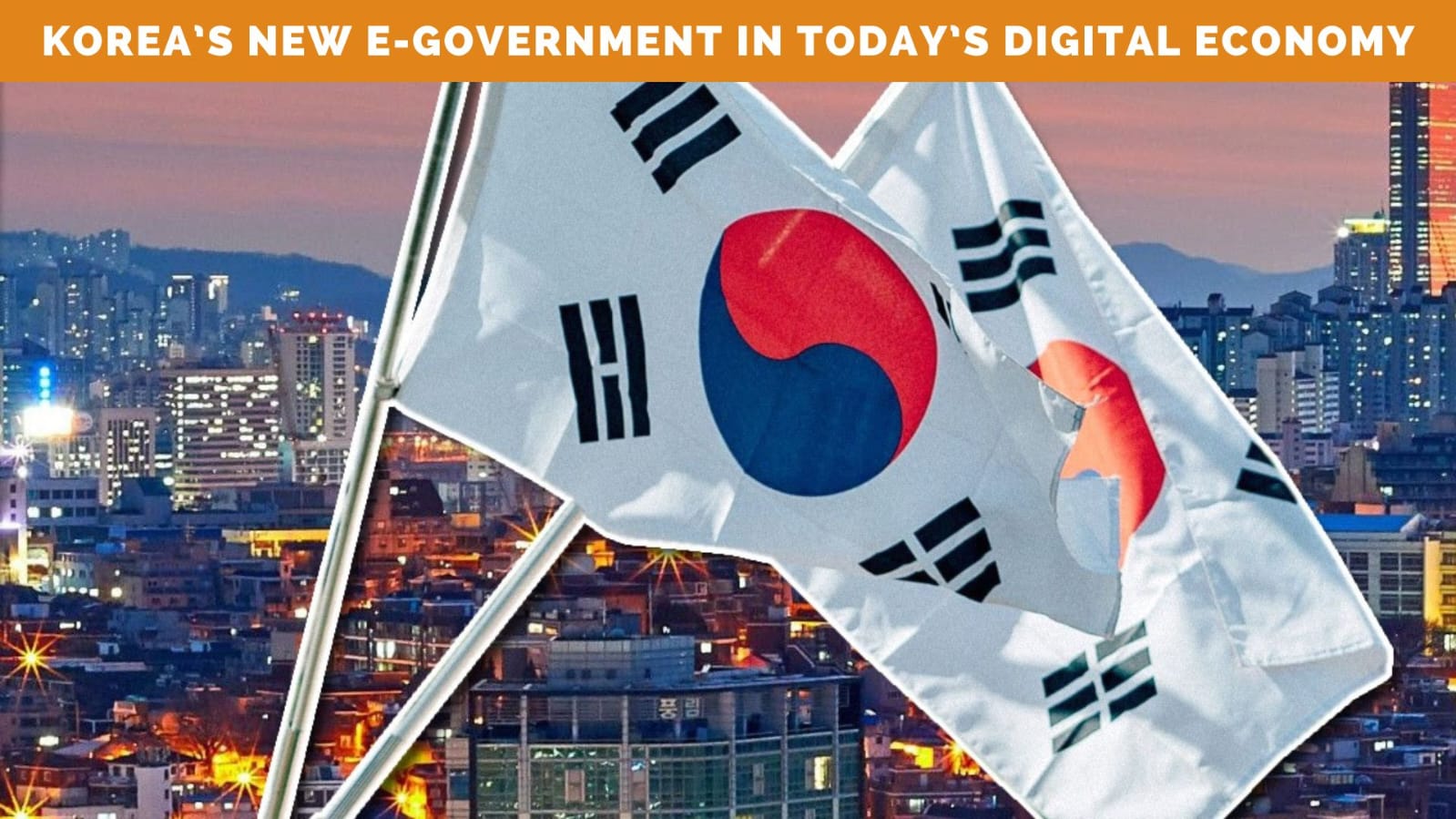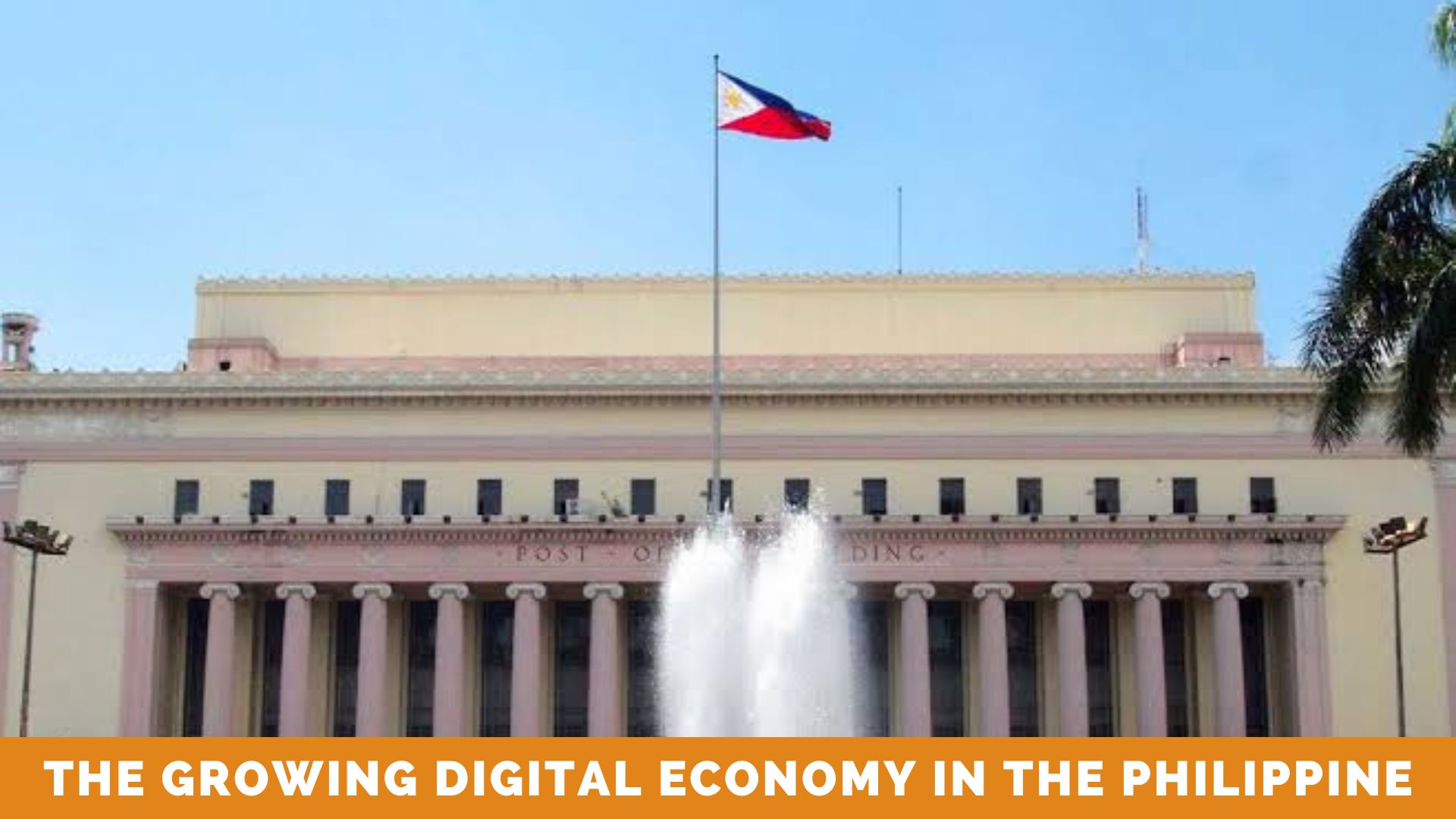Behavioral biometrics, digital government, e-commerce, banking, and other sectors could experience significant changes and improvement over the next decade. Considering the intense development in AI, blockchain technology and biometrics, it’ll become relatively easy to create solutions for the digital ID.
Global Digital Identity Solutions Growth Opportunities shows how incorporating digital identity credentials will improve different sectors in the economy brought by increased transaction security. The changes will be enabled due to portable biometric readers, and the demand for digital identity management.
National identification programs are fast becoming the order of the day as many countries are trying to form a unified database for updated and unique identity documents of citizens to enable smooth governance.
By 2030, there will be increased development in blockchain technology which will lead it to the merging with biometrics, resulting in the launching of a single-token digital identity for individuals.
The increase in identity theft and security threats, will intensify the growth and development of technologies that will help secure and protect individuals and organizations. Hackers are ever-developing means and using new technologies to bypass security systems, and this requires governments to employ multi-modal biometrics-powered identity systems to protect and safeguard the privacy of individuals and industries in the country.
How governments are using blockchain technology and biometrics to create secure digital identities for citizens
Biometrics is a major means of identity management; biometric authentication is closely related to the idea of identity since some biometrics can specifically identify you within a set of users (for instance citizens or employees).
In this context, you can claim the right, membership, or ownership of a property using your identity. In advanced countries, their governments incorporate biometrics to facilitate the identification process of their citizens.
For instance, if you misplace your driver’s license, you’ll need to get an additional form of identification (like your birth certificate) before you can retrieve your license. And you will need to appear in person with your means of identification to verify the authenticity and ownership of your lost driver’s license. This process is not only stressful, but it’s also long and time-consuming.
But in a country where the government incorporates biometrics, there’s the availability of virtual forms of identification. Imagine having a virtual driver’s license that you can never misplace. And you don’t need to appear physically to prove ownership when the only thing required is your face and fingerprints.
Securing the Identity Claim
Another question of interest is where will identity claims reside. In advanced countries, the government issues identity claims and rolls out identity claims in the form of documents that are almost impossible to forge including documents like driver’s licenses, passports, and birth certificates.
There are some companies and organizations that are working on identity solutions, independent of government interference or any external authority. This is to avoid compromise in the security of the identity solutions. These solutions involve identity residing on blockchain to achieve secure encryption, executable contracts, decentralization, and consensus.
As a result, a number of standards are beginning to emerge, some of which include Decentralized identity documents. But most are recent efforts that reside on specific blockchains.
The term blockchain is mostly used to refer to the Bitcoin blockchain, Ethereum blockchain, and other types of permissioned Distributed Ledger Technologies.
The government uses blockchain to solve real problems. For instance, proof of ownership and transfers. Instead of piling up documents and stressing over administrative work, government use blockchain to store asset transaction like land, property, and vehicle registration on a public ledger
Also, the government uses blockchain for traditional legal-contract execution; blockchain helps to remove the need for third parties and facilitates the process of contract creation and execution. These contracts can be accessed publicly and are securely encrypted within a network. For instance, the Swedish land registry uses blockchain for land-title transfers.
Governments are also using blockchain for the validation of documents. Instead of looking for cloud-based solutions for the validation of documents of their citizens, blockchain is an alternative option. One could store myriads of citizens’ documents on the blockchain. This way, the government can provide permanently time-stamped electronic versions of these documents whenever it’s needed.
Conclusion
Biometrics and blockchain are most likely going to be shaping the future of identity management, and for government to secure identity of its citizens they need to seriously consider exploring these technologies.
Some government has begun the journey of securing the digital identities of their citizens using blockchain technology and biometrics. It’s best for other governments to catch up and not miss out on the benefits of these future technologies.
Sources
https://consensys.net/blockchain-use-cases/digital-identity/





